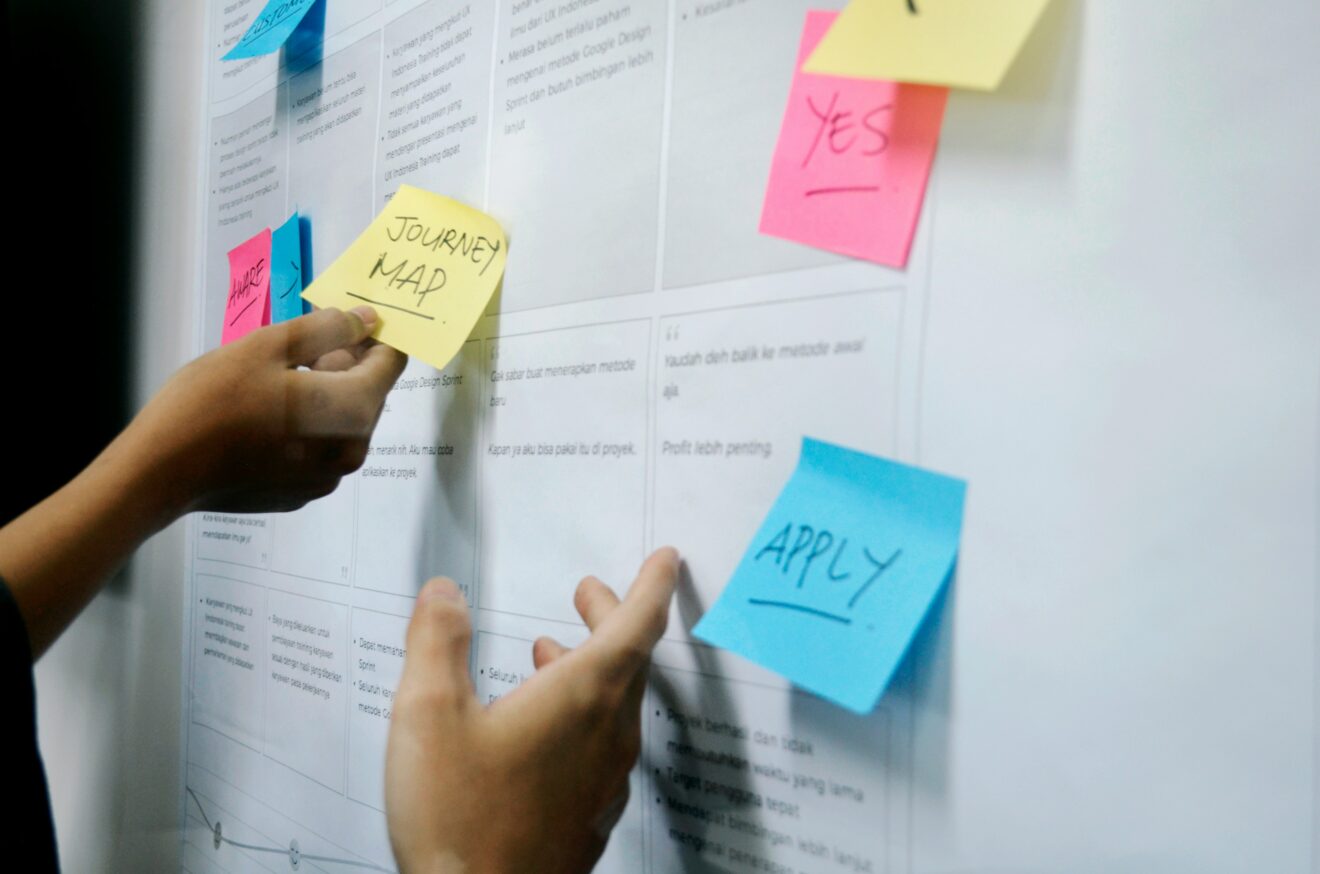How much does change cost?
This question was posed in an email I received about the forthcoming book “Reset: How to Change What’s Not Working” by Dan Heath. He relayed a story (which I can only assume is in the book) about the six billion pounds improvement on the Eurostar train between London and Paris. Overall, the travel time was reduced by 20 minutes each way. But it cost six billion British Pounds in 2007 – roughly 9,900,000,000 euros in today’s money.
The interesting question is: was it worth it? Did the travellers only want to have a shorter journey or could doing deeper customer research unearth other improvements that could have been made for a far lower price tag but still made customers happy?
Early in my service design journey I read Brandon Schauer’s A Playbook for Improving Customer’s Journeys. In addition, I took part in the 2016 Service Design Network Annual Conference in Amsterdam in a specific session given by a local design agency Koos to explore their ten ways to improve a customer journey that was inspired by the same article.
Their reproduction of Schauer’s diagrams onto a ten-point list allows anyone to see that there is more than one way to improve the experience of customers. And while shortening the time it takes for a journey is probably a good one to work on, as people love to save time, it can be a difficult – or expensive – to achieve.
Improving the customer journey
The 10 ways to improve the customer journey we used with Koos:
- Flatten troughs (making pain points less painful)
- Increase peaks (making good experiences great)
- Improving moments of truth (creating signature moments)
- Starting strong (making the beginning of the journey memorable in a good way)
- Ending strong (making sure the end of the journey is memorable in a good way)
- Expanding the customer journey (engaging with the customer earlier)
- Skipping phases (trying to avoid mid-journey pains and smoother handoffs between touchpoints)
- Re-ordering phases and activities (focusing on what is natural for the customer rather than the organisation)
- Intelligent experiences (being all-in for customer-centricity with flexibility built in)
- Complete redesign (starting from scratch and building with the customer)
The Eurostar people could have done deeper research to figure out if shortening the time by 20 minutes (a 15% saving in time) was really the only way to get the same gains in customer experience. Almost ten billion euros in today’s money is a lot of money for a 15% saving on an already pretty short journey (from 155 minutes to 135 minutes). It would be very interesting to see what kind of research they used to determine that this was the best way to use all these billions of pounds.
Understanding the goal of the goal
So, understanding the goal of your goal is about understanding why you are doing what you are doing. Apparently, their goal was to shorten the journey. They did that. But understanding why the customers wanted a shorter journey is also important. The Eurostar people could have added other questions, such as:
- Did the Eurostar customers want more time in the destination city?
- Did they want more departure options, or earlier departures?
- Did they find their travel boring, or was there something to do on the train that would make it worthwhile spending 20 more minutes on it?
We can see that the actions the Eurostar company undertook mainly reflect option 7, skipping phases. They decided to shorten the experience to exchange time on the train with time at the destination.
Using this method in your own projects
When you are looking to improve your customer experience, it is important not only to understand your customers and their needs and wants, but also to look at these through different lenses.
This will allow you to explore different ways to make improvements and to understand the goal of the improvement. In turn, you will be able to more easily measure how well your investment has succeeded.
Just because something can be done, doesn’t mean that it should. The project lead must make sure that the right targets are set, and for the right reasons. Often, initial research is not done because many may feel that it slows down the process or progress, without realising that a slower start can lead to a more impactful solution or outcome. To find a real solution, the agency needs to deeply understand the customer of the company.
So next time you have a target, ask yourself, what the goal of the goal is. This will help you to design the next step in your process.
References
Heath, D. 2025. Reset: How to change what’s not working. New York: Avid Reader Press.
Schauer, B. 2017. A Playbook for Improving Customer Journeys. Article published on 4 January 2017. Accessed on 12 February 2025.
Author
-

Pamela Spokes
Specialist, TurbiiniPamela Spokes BA, MA, MBA, AmO. Educator in Service Design and Entrepreneurship with the Turbiini Pre-Incubator Programme in English.
About the author


